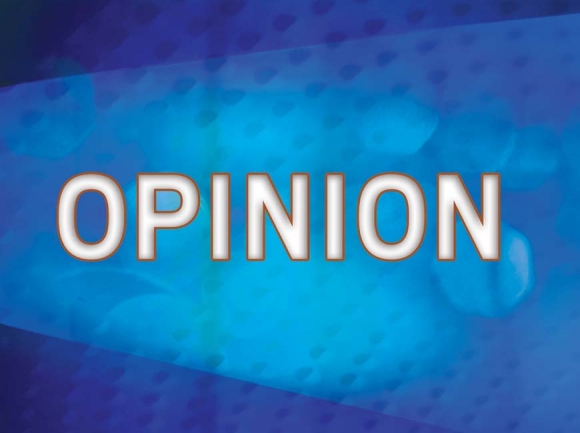We stand by our brand of journalism

It’s rare when one newspaper questions the integrity of another paper and the intentions of a hard-working journalist whose entire career personifies honesty and ethical decision-making. So we were surprised and a bit taken aback after we read Editor Robert Jumper’s column in last week’s Cherokee One Feather in which he referenced an article in The Smoky Mountain News. For that reason, I felt compelled to respond.
To start with, I want to say that Jumper runs a fine newspaper that for the most part does good journalism. Given the constraints of being tribally owned and ultimately tribally controlled, the paper has plenty of news stories and Jumper’s commentaries are almost always thoughtful and illuminating.
And, to his credit, he has made it known that he disagrees with the Tribal Council’s decision to ban The Smoky Mountain News and all non-tribal media from sitting in council chambers and covering meetings. Granted, our Cherokee reporter Holly Kays is able to sit in an adjoining room and report from the live video stream. But that’s not the best way to cover anything, from a television feed where the nuances and emotions are often filtered by camera angles and expressions, utterances and other action happening off-camera inside the room. I’m not a Cherokee citizen, as some will probably point out, but it definitely creates a divide between the paper and Cherokee leadership, and gives the appearance of a lack of transparency.
In the Aug. 14 issue Kays wrote a story about an incident at the Unity Healing Center in Cherokee for troubled youth that was investigated by the Nashville regional office of the U.S. Indian Health Services (www.smokymountainnews.com/news/item/27455). An employee, Nathanial “Bunsey” Crowe — who is a candidate for Tribal Council — reportedly acted against guidelines when he was alone for a few minutes in a bathroom with a female resident who was 16 years old at the time. The incident was investigated, and no charges were filed, but the investigation has prompted HIS to review its guidelines.
In the article that appeared in The Smoky Mountain News, Crowe was interviewed and he denied anything inappropriate occurred. Others who worked at the center thought differently.
Our story was prompted by a Wall Street Journal article looking into improprieties at similar facilities throughout Indian Country and at Unity. After that article appeared, our reporter — Holly Kays — did her own reporting instead of just re-hashing what the WSJ reported. That took some time, and so the article appeared in the Aug. 14 edition.
Related Items
Jumper, though, appears to attribute the timing of the article to some collusion between The Smoky Mountain News and WSJ or to some kind of plan to affect the election’s outcome: “I have to wonder about the timing of the release of these two articles; one just before our Primary Election and one just as we begin our General Election process,” he wrote in his column.
Look, we won’t pretend to know why the largest newspaper in the United States — with primary offices in New York City and a daily circulation of 2.2 million — decided to print its story so close to the Primary Election. I do know that The Smoky Mountain News — a small weekly with a distribution 16,000 in Haywood, Jackson, Macon and Swain counties along with the Qualla Boundary — based its publication decision on when the reporting for the story was finished. Holly worked hard to finish as far before the election as possible.
Jumper also questioned the validity of our reporting, putting quotation marks around the word “article” and writing “when journalists speculate in an article, in my opinion, it is no longer an article. It is a commentary. It is an opinion piece. And there is nothing wrong with commentary; just don’t pass it off as a factual, unbiased article.” His article also included a definition of yellow journalism, which is a term used to describe reporters and newspapers who are unethical and sensationalistic in their coverage of events.
Look, journalists doing investigative work choose which quotes to use and how to juxtapose differing opinions so that the reader can understand when there is disagreement about something that happened. Holly, in my opinion as an editor and journalist with more than 30 years experience at seven different newspapers, did not inject opinion into her article. Far from it. She reported the facts that she dug up through honest, extensive, old-school reporting. The article is not an opinion piece, and calling it such is just wrong.
Robert Jumper, as editor of The Cherokee One Feather and as a member of the Tribe and as a U.S. citizen, is entitled to his opinion. But there is no justification for his conjecture that the article was did not live up to accepted journalistic standards.
Journalism is a tough business, especially in these days when television’s judgmental talking heads symbolize the profession for most casual observers. Legitimate reporters spend hours and hours interviewing sources, poring over notes and documents, and then putting together stories that readers can understand and that can help citizens make informed decisions. We’ll keep doing that whether our fellow journalists appreciate it or not.
(Scott McLeod can be reached at This email address is being protected from spambots. You need JavaScript enabled to view it.)









